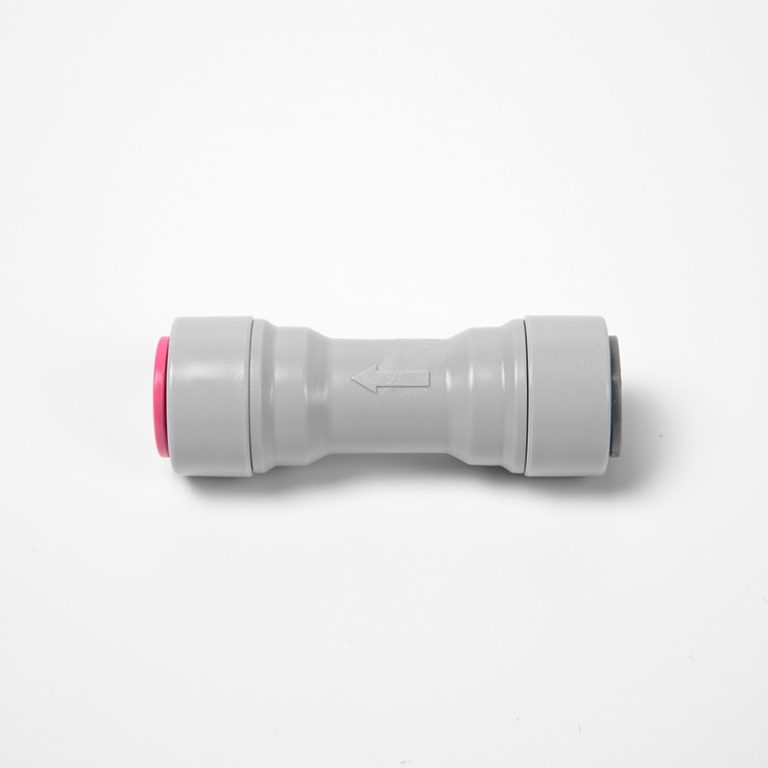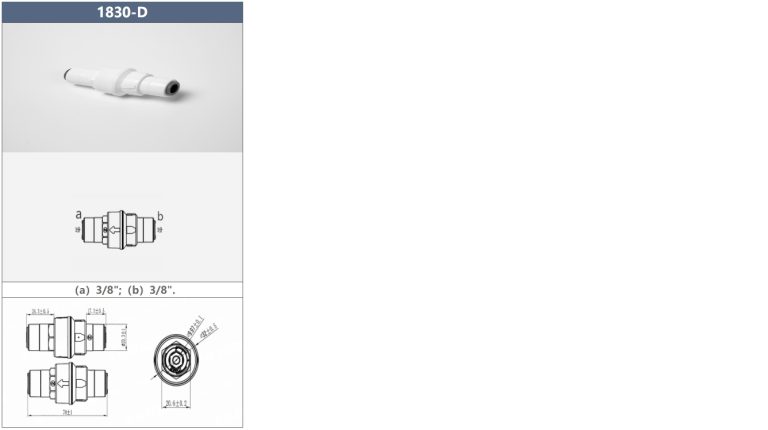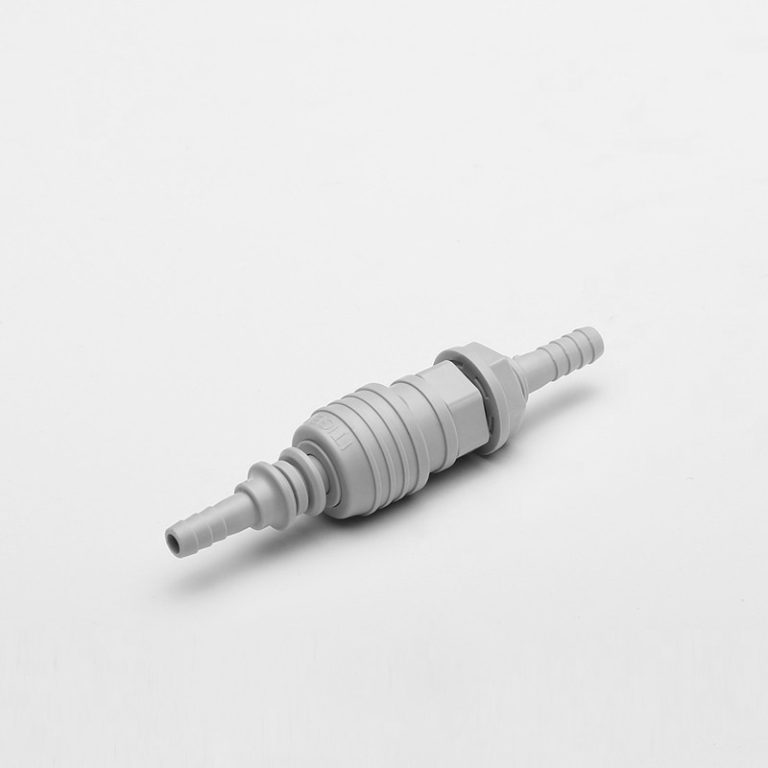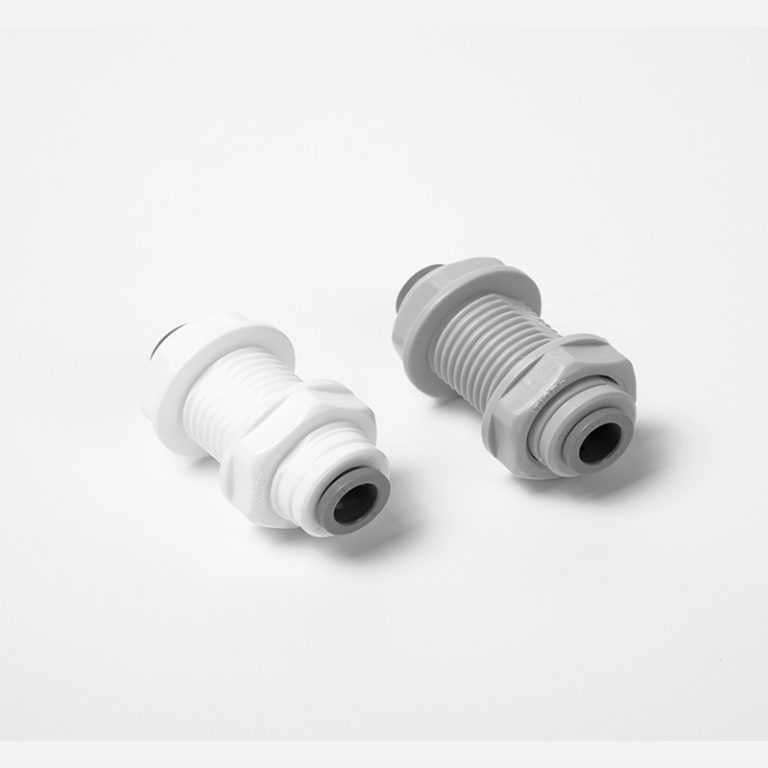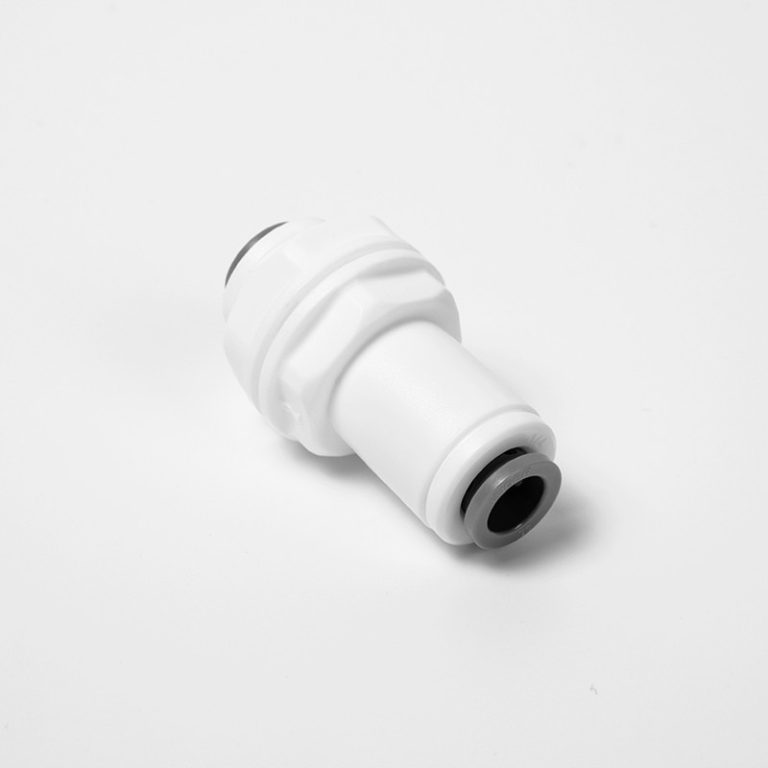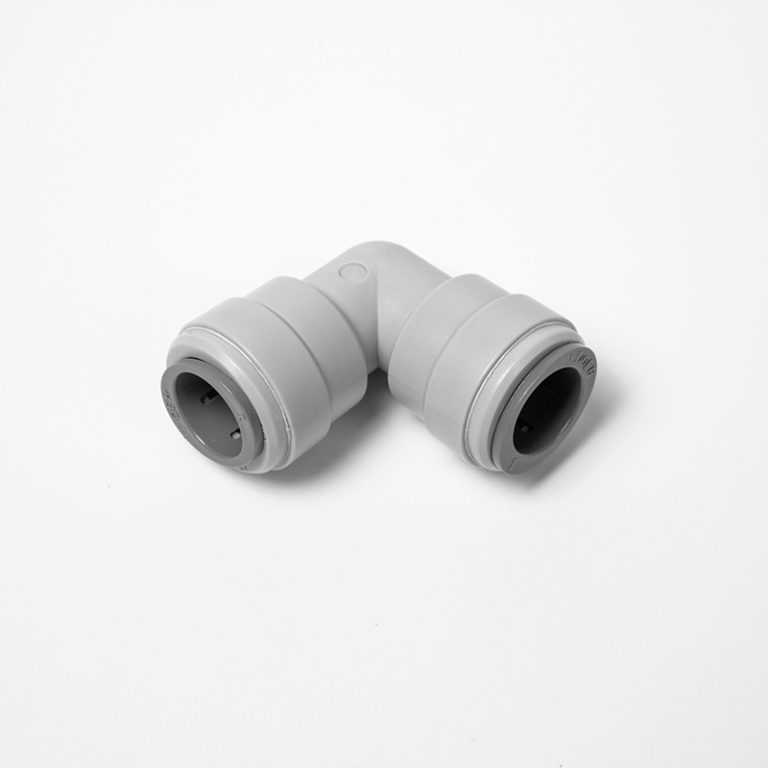“Easy to use, secure connections with plastic push fit plumbing.”
Table of Contents
Proper Installation Techniques for Plastic Push Fit Plumbing Fittings
Plastic push fit plumbing fittings have become increasingly popular in recent years due to their ease of installation and reliability. These fittings are designed to connect pipes without the need for soldering or glue, making them a convenient option for DIY enthusiasts and professional plumbers alike. However, proper installation techniques are crucial to ensure a leak-free and long-lasting connection.
When using plastic push fit plumbing fittings, it is important to start by preparing the pipe. Cut the pipe squarely using a pipe cutter to ensure a clean and straight edge. Remove any burrs or rough edges using a deburring tool to prevent damage to the O-ring inside the fitting. It is essential to ensure that the pipe is clean and free of any debris before inserting it into the fitting.
| Model | Tube(a) | Stem(b) |
|---|---|---|
| 1801-A | 1/4 | 1/4 |
| 1801-C | 1/4 | 3/8 |
Next, mark the insertion depth on the pipe using the depth gauge provided with the fitting. This will ensure that the pipe is inserted to the correct depth, allowing the O-ring to create a watertight seal. Push the pipe into the fitting until it reaches the marked insertion depth. It is important to push the pipe in with a twisting motion to ensure that it is fully seated in the fitting.
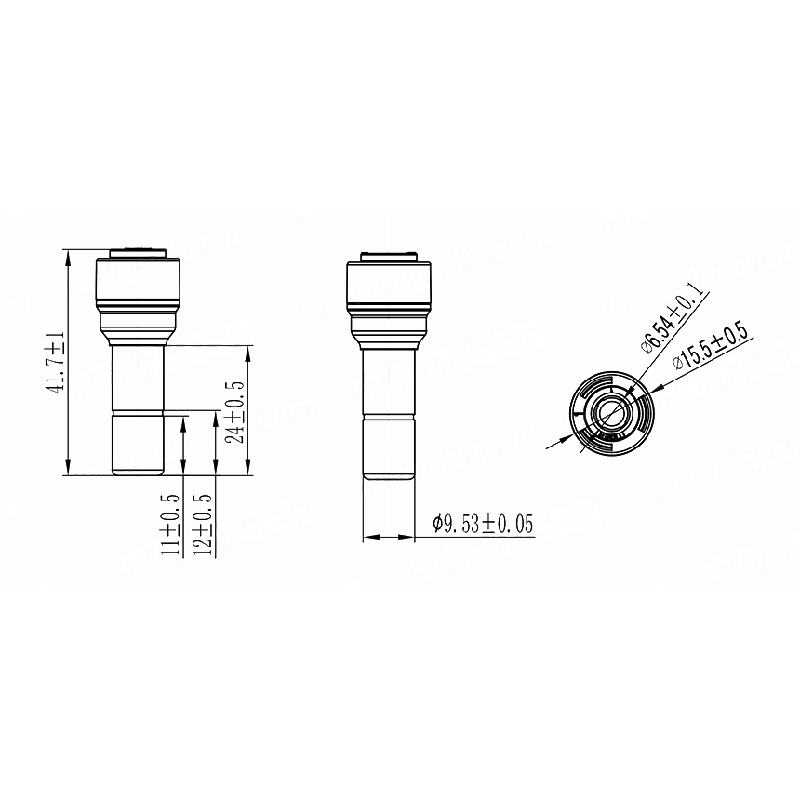
Once the pipe is inserted into the fitting, give it a gentle tug to ensure that it is securely in place. If the pipe does not move, it is properly installed. However, if the pipe can be pulled out easily, it may not be inserted to the correct depth, and the connection may leak. In this case, remove the pipe, clean the fitting, and reinsert the pipe to the correct depth.
It is important to note that plastic push fit plumbing fittings are not designed to be reused. Once a fitting has been installed, it should not be removed and reinstalled on another pipe. Reusing fittings can compromise the integrity of the O-ring and lead to leaks. If a fitting needs to be removed, it should be replaced with a new fitting to ensure a reliable connection.
When installing plastic push fit plumbing fittings in tight spaces or hard-to-reach areas, it is important to use a flexible pipe to make the installation process easier. Flexible pipes can be bent and maneuvered into position without the need for additional fittings or connectors. This can save time and effort during the installation process.
| Model | Tube(a) | Stem(b) |
|---|---|---|
| 1801-A | 1/4 | 1/4 |
| 1801-C | 1/4 | 3/12 |
In conclusion, plastic push fit plumbing fittings are a convenient and reliable option for connecting pipes without the need for soldering or glue. Proper installation techniques are essential to ensure a leak-free and long-lasting connection. By following the steps outlined above, you can install plastic push fit plumbing fittings with confidence and peace of mind. Remember to always use the correct tools and materials for the job and consult a professional plumber if you are unsure about any aspect of the installation process.
Advantages and Disadvantages of Using Plastic Push Fit Plumbing Systems
Plastic push fit plumbing systems have become increasingly popular in recent years due to their ease of installation and versatility. These systems are designed to connect pipes and fittings without the need for soldering or glue, making them a convenient option for DIY enthusiasts and professional plumbers alike. In this article, we will discuss the advantages and disadvantages of using plastic push fit plumbing systems.
One of the main advantages of plastic push fit plumbing systems is their ease of installation. Unlike traditional plumbing systems that require specialized tools and skills, plastic push fit systems can be installed quickly and easily by simply pushing the pipes and fittings together. This makes them a great option for homeowners looking to tackle small plumbing projects on their own without having to hire a professional.
Another advantage of plastic push fit plumbing systems is their versatility. These systems are available in a wide range of sizes and configurations, making it easy to find the right fittings for any plumbing project. Additionally, plastic push fit systems can be used with a variety of pipe materials, including copper, PEX, and CPVC, making them a versatile option for a wide range of applications.
In addition to their ease of installation and versatility, plastic push fit plumbing systems are also resistant to corrosion and scale buildup. This can help to extend the lifespan of the plumbing system and reduce the need for costly repairs and maintenance down the line. Additionally, plastic push fit systems are less likely to leak than traditional soldered connections, providing added peace of mind for homeowners.
Despite their many advantages, plastic push fit plumbing systems do have some drawbacks that should be considered. One of the main disadvantages of these systems is their cost. plastic push fit fittings can be more expensive than traditional fittings, which can add up quickly for larger plumbing projects. Additionally, plastic push fit systems may not be as durable as traditional soldered connections, making them more prone to leaks and failures over time.
Another potential disadvantage of plastic push fit plumbing systems is their compatibility with certain pipe materials. While these systems can be used with a variety of pipe materials, they may not be compatible with all types of pipes. This can limit the options available to homeowners and plumbers when it comes to selecting the right fittings for a particular project.

In conclusion, plastic push fit plumbing systems offer a number of advantages, including ease of installation, versatility, and resistance to corrosion. However, they also have some drawbacks, such as cost and compatibility issues with certain pipe materials. Ultimately, the decision to use plastic push fit plumbing systems will depend on the specific needs and requirements of the project at hand. By weighing the pros and cons of these systems, homeowners and plumbers can make an informed decision about whether plastic push fit plumbing is the right choice for their next plumbing project.

